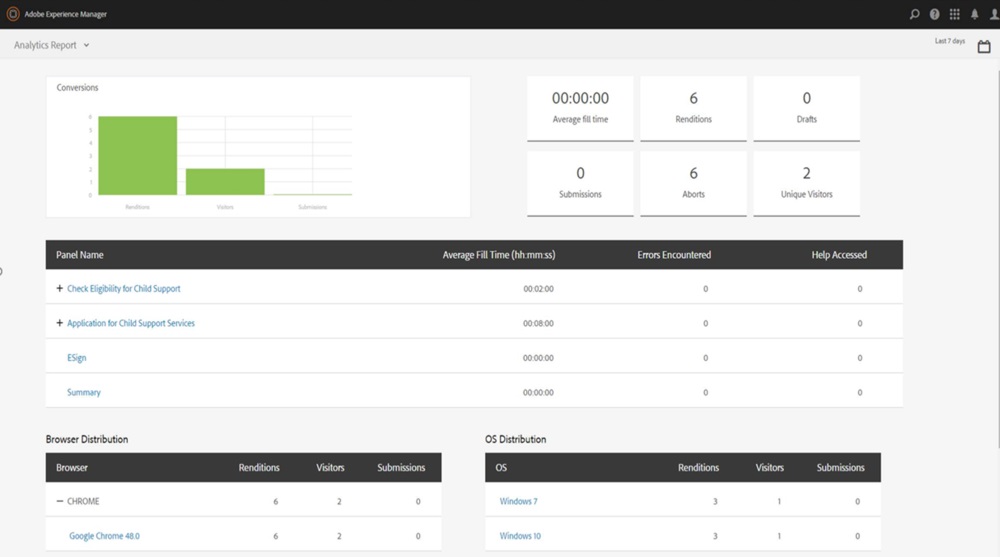Digital marketing expert Buck Dossey expounds the importance of soliciting user data to improve patient experiences and the ways in which AI can be utilised within this process.
Companies should start by thinking of ways to leverage unified data sets and digital access points to create and deliver connected, seamless experiences throughout the consumer’s lifecycle
In my last article, I argued that Healthcare is in the Experience Business. Healthcare is experiencing increasing pressure to accelerate digital transformation to deliver exceptional customer experience. As Paddy Padmanabhan indicated on CIO.com, this pressure has outpaced investment, leading to a crossroads moment for healthcare. One specific example comes from recent moves by Amazon. After announcing their intent to distribute pharmaceuticals, Walgreens and CVS both experienced losses on Wall Street. Similarly, Aetna, UnitedHealthcare, and other payers saw stock declines when Amazon announced its partnership with Berkshire Hathaway and JPMorgan to focus on cost reduction and improving transparency for patients.
More evidence of this pressure to improve customer experience can be seen in your own backyard. Over the past 10 years, healthcare visit share has seen more than a 10-fold shift toward retailers and supermarket chains. When surveyed, consumers say that an improved experience has driven their behaviour change: access, affordability, and convenience are the primary advantages of moving their healthcare services to retail and grocery stores.
How can Healthcare companies improve and optimize the experiences for their own customers? Companies should start by thinking of ways to leverage unified data sets and digital access points to create and deliver connected, seamless experiences throughout the consumer’s lifecycle. Testing, measurement, and iteration of digital experiences must become part of the company’s DNA, both technologically and culturally.
And it doesn’t have to be grandiose at the start. One way to begin to solve this challenge is by focusing on shortening the time it takes to move from observation to action. If your company is just beginning the digital transformation journey, I recommend starting with Digital Enrollment. Every business needs to collect data from their patients, HCPs, or members at one point or another, and this process is ripe with optimization opportunities.
The first place to start is simply with a form. At Adobe, we’ve designed the form authoring experience to leverage what we call fluid experiences. This means that forms will always be visually pleasing to the user, no matter what device is used to render it. It also means that customers can save their progress and resume on any device whenever they are ready to proceed. Modern form experiences also come with a configurable internal approval workflow to ensure both compliance and organizational readiness.
Organizations yet to complete a cultural transformation often view publishing as the finish line. The shift in mindset shows that this is just the beginning. After publishing the form, the job of measurement and optimization can commence. Once data has been collected from the first few users, drop-off points can be easily identified in analytics. Valuable insights about user behavior are gathered and made available for analysis.
For example, it’s possible to leverage the Big Data storage capabilities of cloud-based marketing platforms to create deeper understanding of the drivers of user behavior. Behavioral outliers can be segmented from the primary population and analyzed separately. This data can also be used to create machine-learning models that help sift the best prospects from those least likely to engage.
Below is a sample dashboard showing metrics such as how long it takes users to fill out the form, how many users have submitted the form, and how far into the process the user was before deciding to discontinue.

One great customer example is how a fallout insight led to a form completion rate improvement of 20 percent. One specific form field was attributed as the culprit – the patient’s phone number. Patients completing the form assumed they were exposing themselves to telemarketing, and they apparently preferred to suffer from an illness rather than receive yet another spam phone call.
Behavioural insights ignite our inspiration, feeding our innate need to make things better. Once inspiration strikes and is shared among core team members, form owners decide to begin testing different wording, order, and visual presentation to find the best way to increase completion rate. In my example above, the phone number field was hidden for a test cohort, which showed a clear improvement to conversion rate. But scaling this process to meet the needs of today’s demands presents a significant challenge.
The clear opportunity for adding an exponent (greater than 1) to your efficiency is in leveraging artificial intelligence capabilities. Narrow AI plays a vital role in enabling humans to deliver infinitely more value. Automated AI strategies can include auto-allocation, automated personalization, and automated targeting of content.
It can feel overwhelming to think about how large-scale complete digital transformation can be. And, the Healthcare industry has many opportunities to think big. But that doesn’t mean that it’s not possible to start on a smaller scale. Optimizing digital enrollment is one of several ways to get big results without such a heavy lift.



